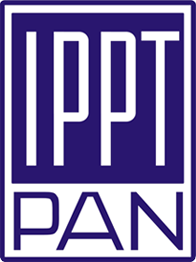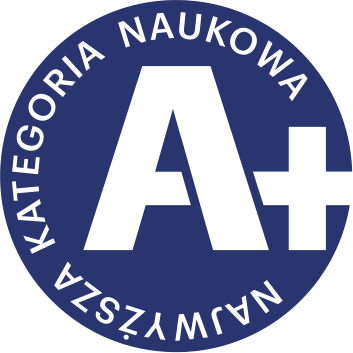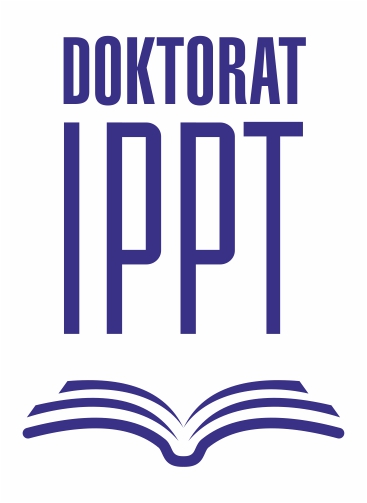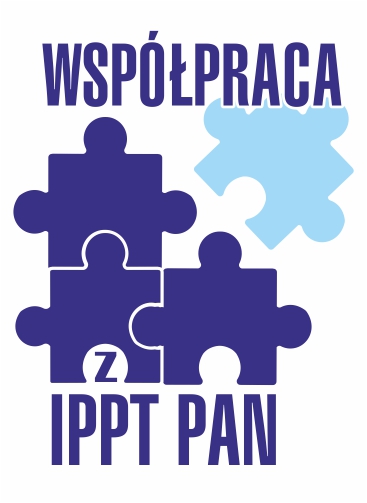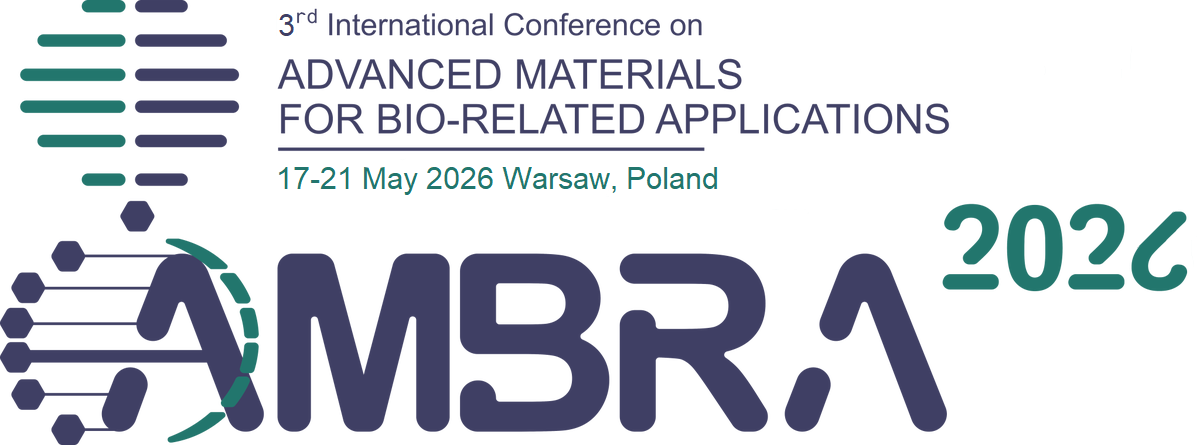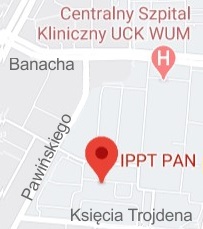| 1. |
Widomski P.♦, Kaszuba M.♦, Barełkowski A.♦, Smolik J.♦, Garbiec D.♦, Ciemiorek-Bartkowska M.♦, Kulikowski K.♦, Lewandowska-Szumieł M.♦, Mościcki T., Gronostajski Z.♦, WTaB coatings as effective solutions for increasing die durability in lead-free brass alloy flashless hot forging process,
WEAR, ISSN: 0043-1648, DOI: 10.1016/j.wear.2025.205849, Vol.571, No.205849, pp.1-10, 2025 Streszczenie:
The forging of lead-free brass alloys is characterized by low tool durability, presenting a significant challenge in industrial applications. To address this issue, unique magnetron-sputtered coatings based on WB and with the addition of Tantalum, were employed to increase tool life. These coatings were produced from proprietary sintered targets using the SPS-HiPIMS technology. Initially, the coatings underwent laboratory testing, where their microstructure, adhesion to the substrate, and mechanical properties were tested and evaluated. The next phase involved testing these coatings on tools used in hot flashless forging processes. The experiments were conducted on dies that were preliminarily gas-nitrided to provide a suitable substrate for the coating application. The results were compared with those of only nitrided dies.
The study involved the use of nitrided dies, dies with WB2.5 and with W0.76Ta0.24B2.5 coatings. After forging, the tools were observed to assess the wear mechanisms. Surface scans were performed to measure material loss by comparing the surface profiles before and after forging. Scanning Electron Microscopy (SEM) was used to analyze the contribution of various wear mechanisms, such as abrasive wear, thermo-mechanical fatigue, and plastic deformation, to the overall tool wear.
The results confirmed the beneficial impact of these coatings on enhancing tool durability. In certain cases, the service life of the tools was extended by up to 50 %. This study demonstrates that the application of newly developed W0.76Ta0.24B2.5 coating which can significantly improve the durability of tools used in the flashless forging of lead-free brass alloys, offering a promising solution for industrial manufacturing challenges. Afiliacje autorów:
| Widomski P. | - | inna afiliacja | | Kaszuba M. | - | inna afiliacja | | Barełkowski A. | - | inna afiliacja | | Smolik J. | - | inna afiliacja | | Garbiec D. | - | Metal Forming Institute, Poznań (PL) | | Ciemiorek-Bartkowska M. | - | inna afiliacja | | Kulikowski K. | - | inna afiliacja | | Lewandowska-Szumieł M. | - | inna afiliacja | | Mościcki T. | - | IPPT PAN | | Gronostajski Z. | - | inna afiliacja |
|  | 200p. |
| 2. |
Psiuk R., Chrzanowska-Giżyńska J.♦, Denis P., Wyszkowska E.♦, Wiśniewska M.♦, Lipińska M.♦, Wojtiuk E.♦, Kurpaska Ł.♦, Smolik J.♦, Mościcki T. P., Microstructural and properties investigations of tantalum-doped tungsten diboride ceramic coatings via HiPIMS and RF magnetron sputtering,
ARCHIVES OF CIVIL AND MECHANICAL ENGINEERING, ISSN: 1644-9665, DOI: 10.1007/s43452-024-01050-0, Vol.24, No.239, pp.1-16, 2024 Streszczenie:
In this work, tantalum-doped tungsten boride ceramic coatings were deposited from a single sputtering target with the radio frequency (RF) and high-power impulse magnetron sputtering (HiPIMS) methods. Two-inch torus targets were synthesised from pure elements with the spark plasma sintering (SPS) method with a stoichiometric composition of W1-xTaxB2.5 (x = 0, 0.08, 0.16, 0.24). Films were deposited with RF and HiPIMS power suppliers at process temperatures from RT to 600 °C. The substrate heating and the energy of the ionised material impacting the substrate increase the surface diffusivity of adatoms and are crucial in the deposition process. The results of SEM and XRD investigations clearly show that the addition of tantalum also changes the microstructure of the deposited films. The coatings without tantalum possess a finer microstructure than those with 24% of tantalum. The structure of films is homogeneous along the film thickness and composed mainly of columns with a (0001) preferred orientation. Deposited coatings are composed mainly of P6/mmm α-WB2 structures. The analysis of nanoindentation results allowed us to determine that ceramic coatings obtained with the HiPIMS method possess hardness above 41 GPa and a ratio of hardness to reduced Young modulus above 0.1. The thickness of HiPIMS-deposited films is relatively small: only around 60% of the RF magnetron sputtered coatings even when the average power input was two times higher. However, it has been shown that the RF coatings require heating the substrate above 400 °C to obtain a crystalline structure, while the HiPIMS method allows for a reduction of the substrate temperature to 300 °C. Słowa kluczowe:
RF magnetron sputtering, HiPIMS magnetron sputtering, Superhard ceramic coatings, Transition metal borides, Deposition temperature Afiliacje autorów:
| Psiuk R. | - | IPPT PAN | | Chrzanowska-Giżyńska J. | - | inna afiliacja | | Denis P. | - | IPPT PAN | | Wyszkowska E. | - | National Centre for Nuclear Research (PL) | | Wiśniewska M. | - | Łukasiewicz Research Network – Metal Forming Institute (PL) | | Lipińska M. | - | inna afiliacja | | Wojtiuk E. | - | inna afiliacja | | Kurpaska Ł. | - | National Centre for Nuclear Research (PL) | | Smolik J. | - | inna afiliacja | | Mościcki T. P. | - | IPPT PAN |
|  | 140p. |


